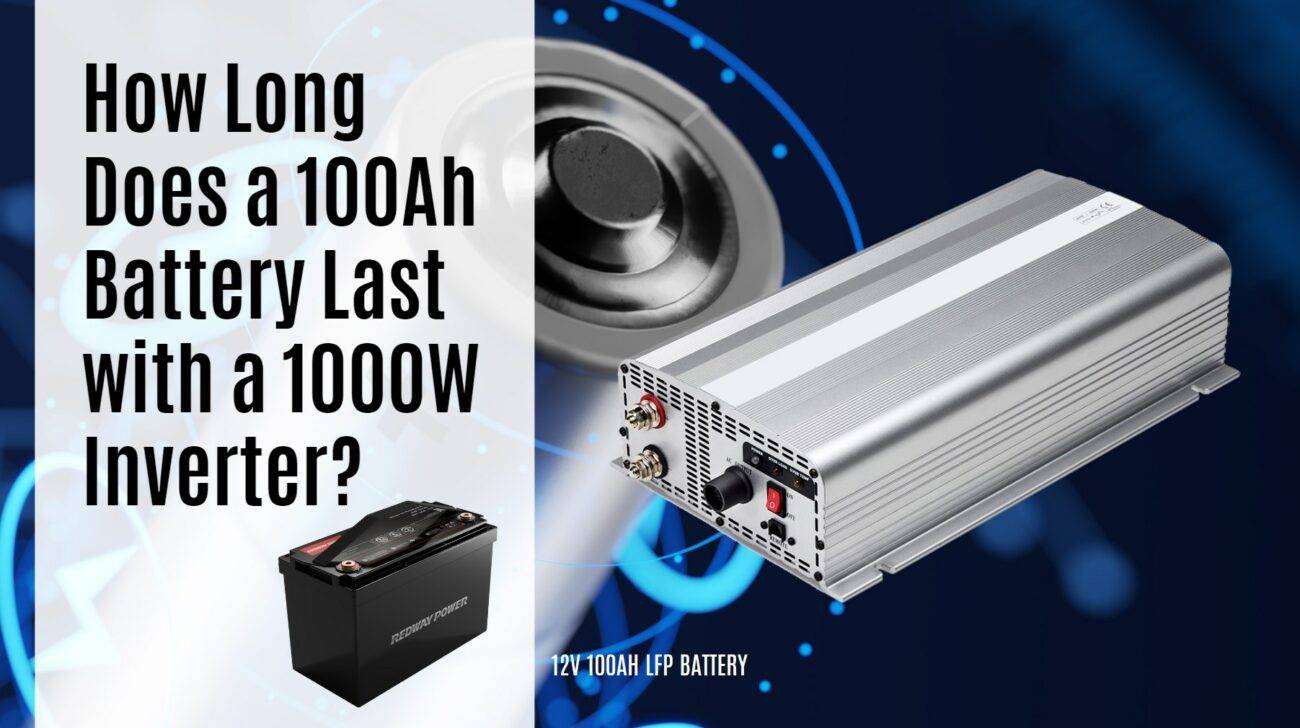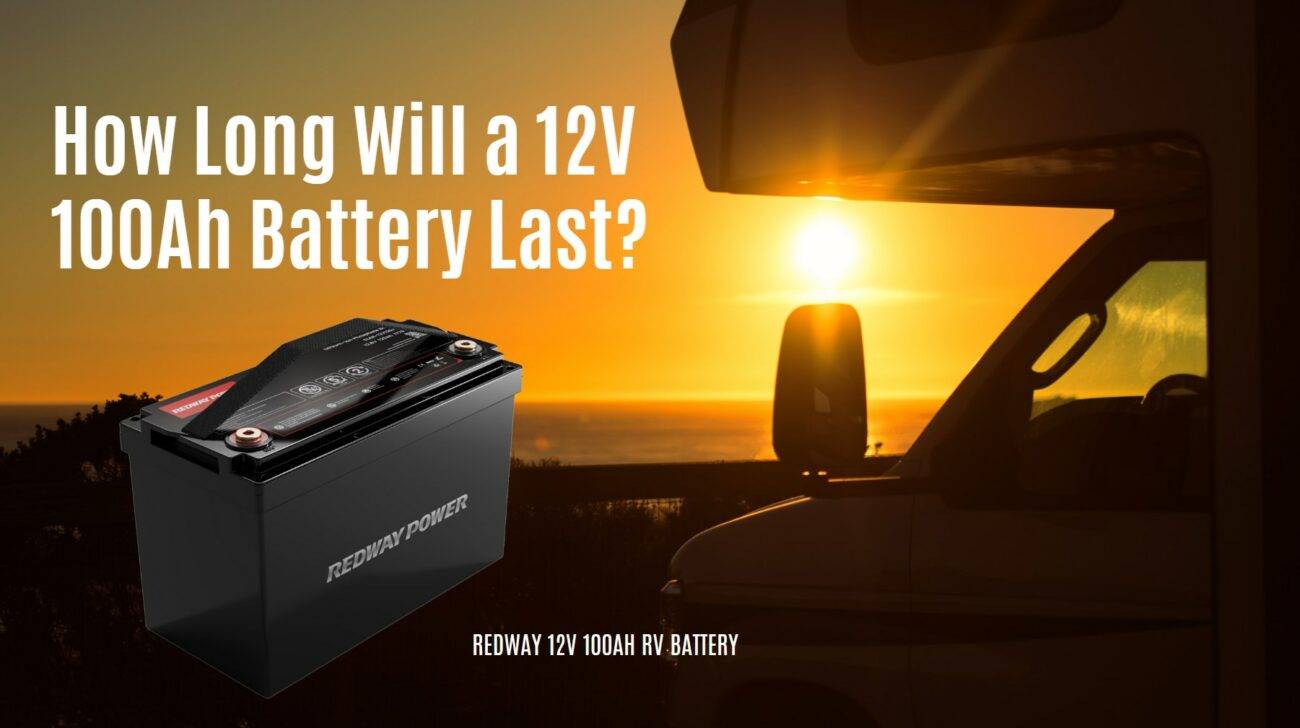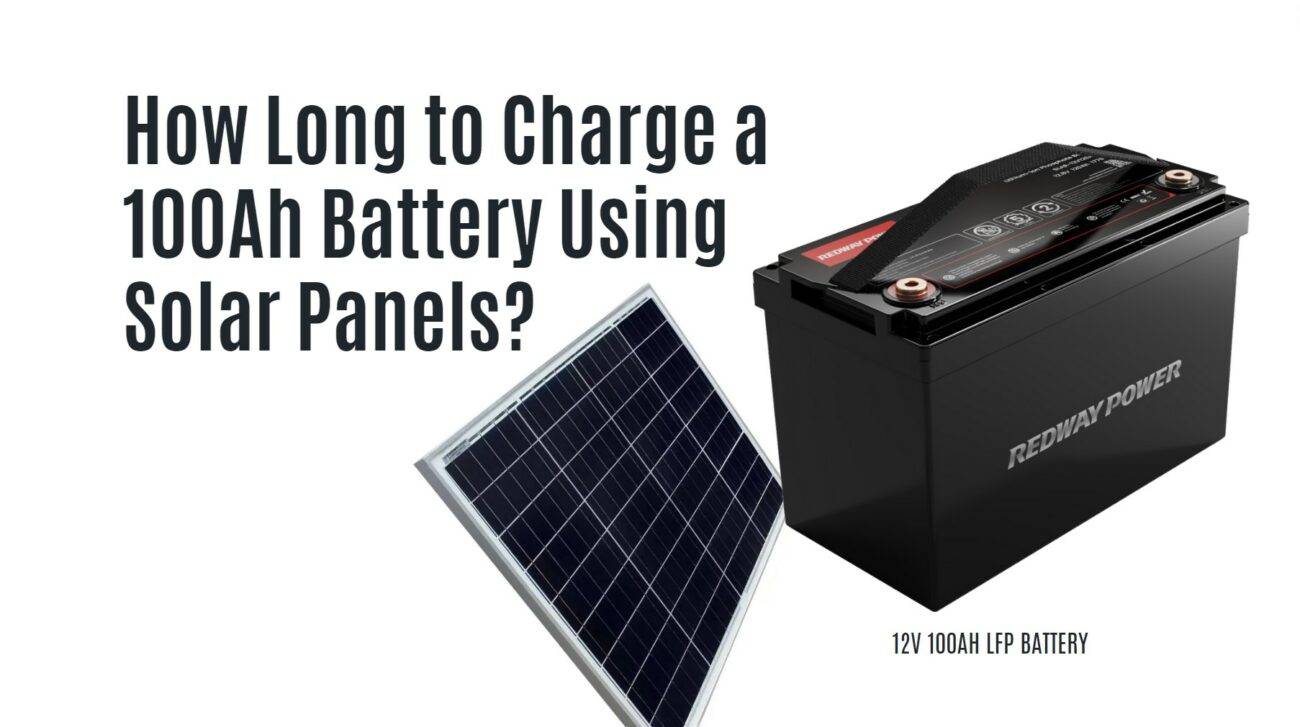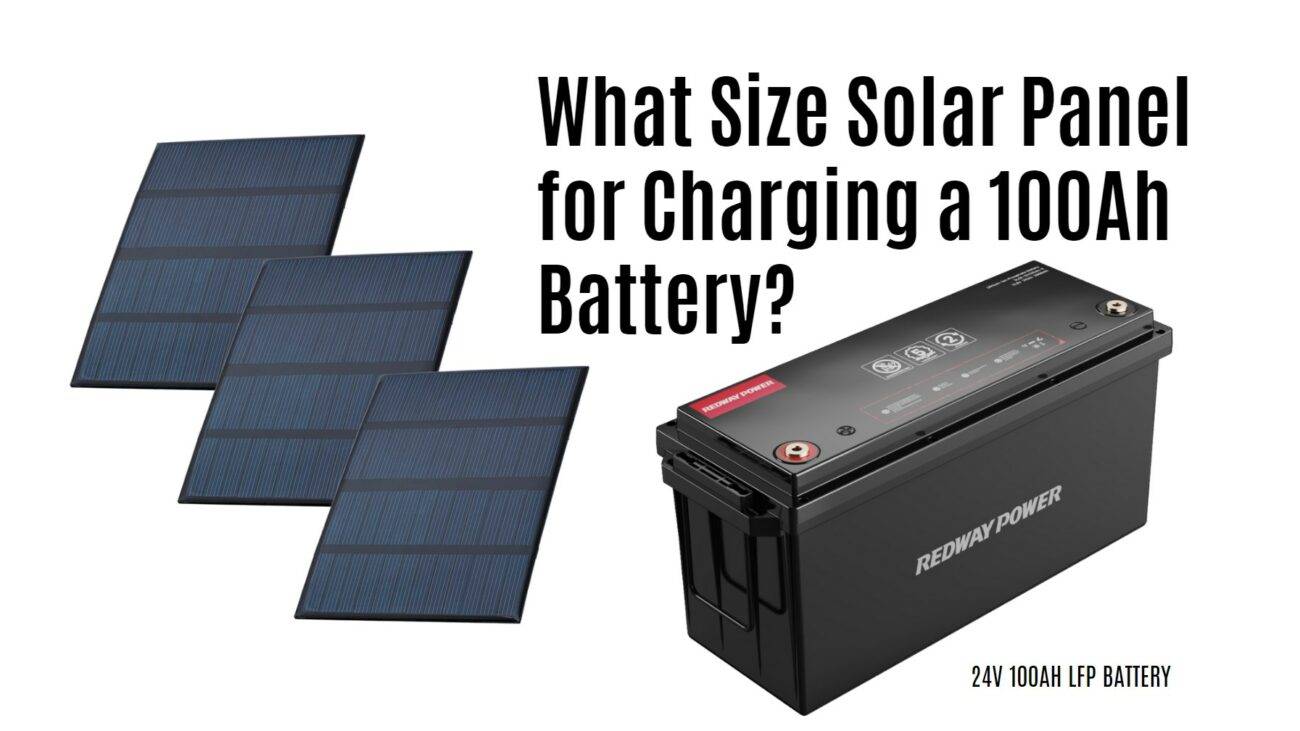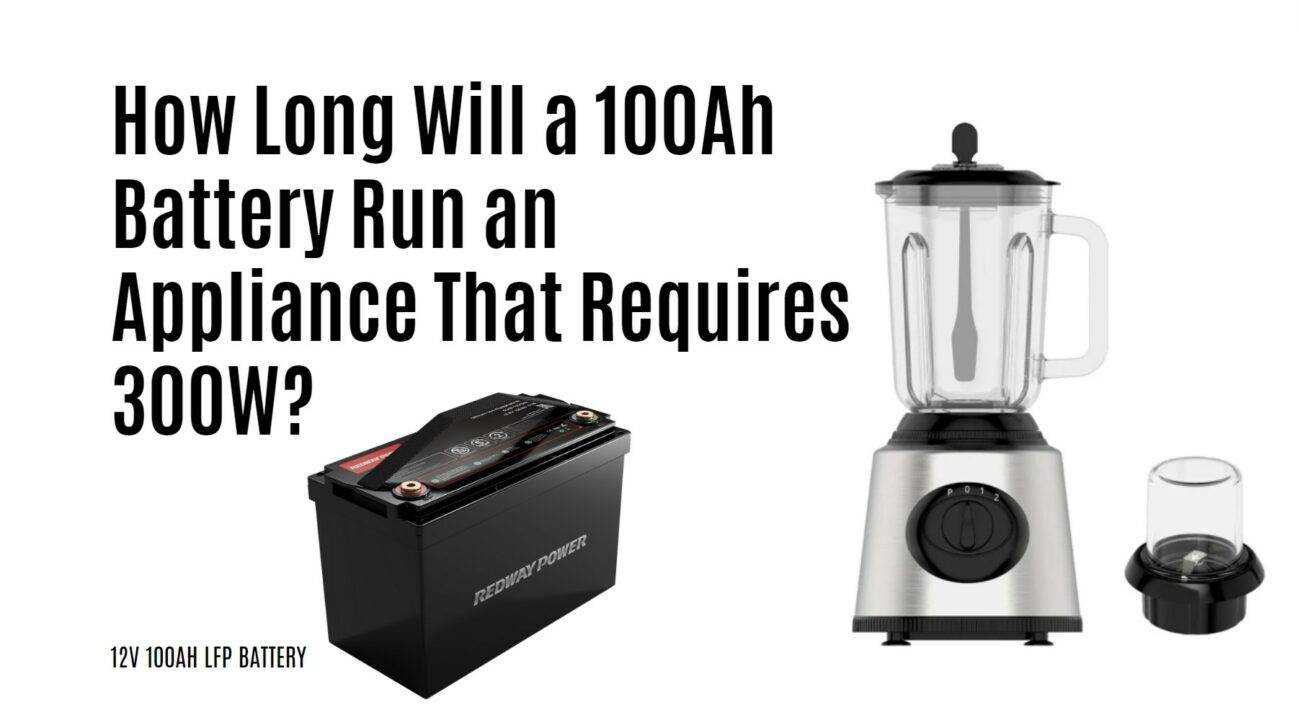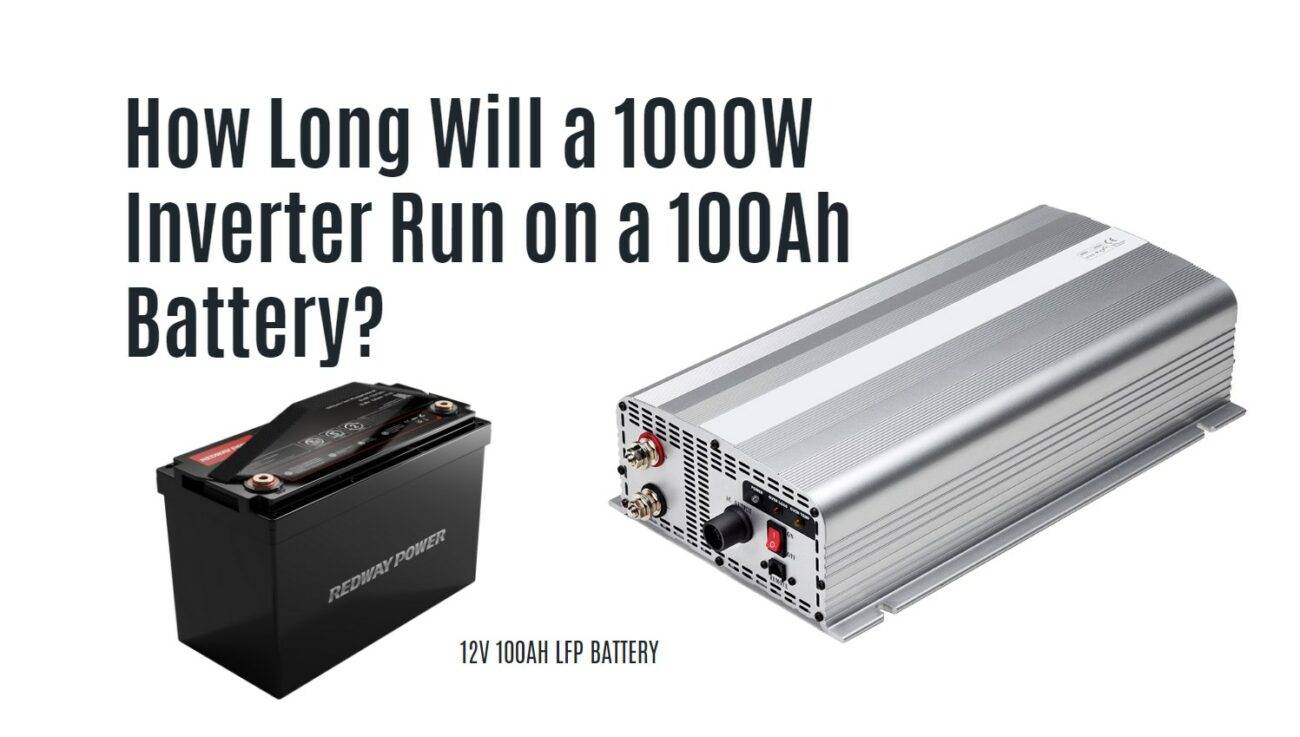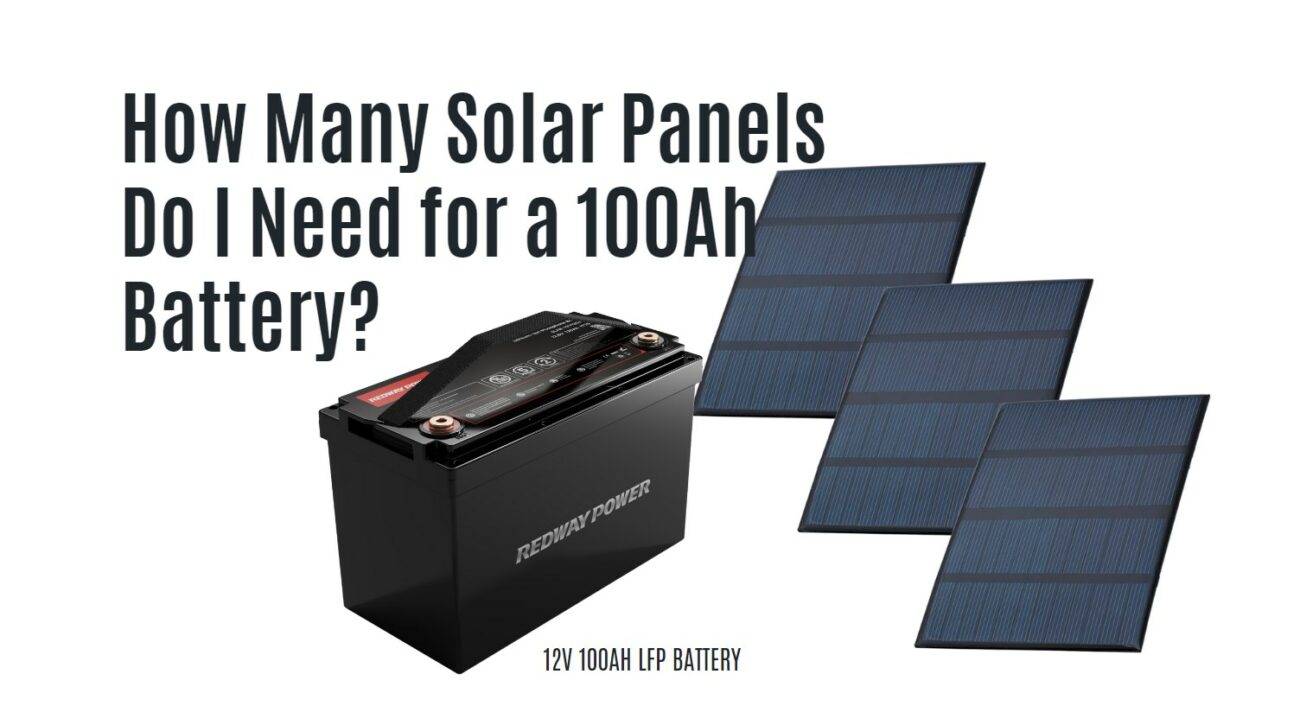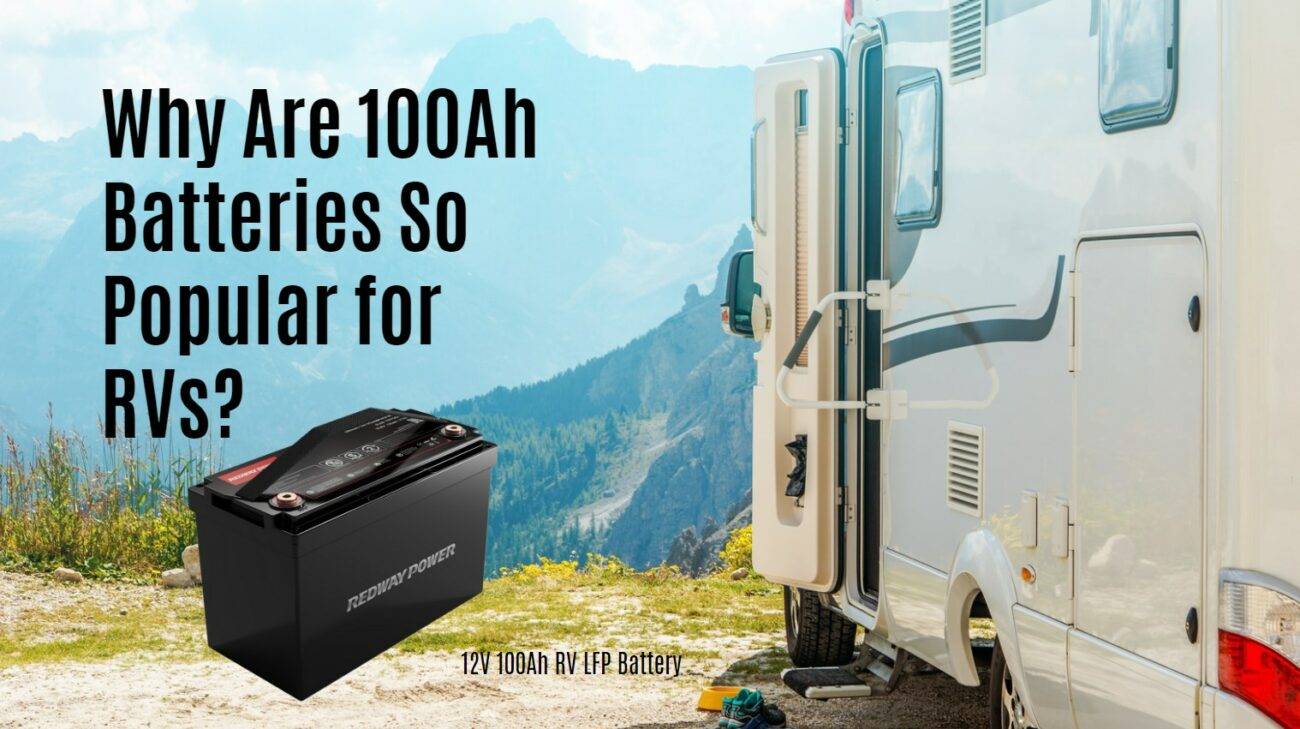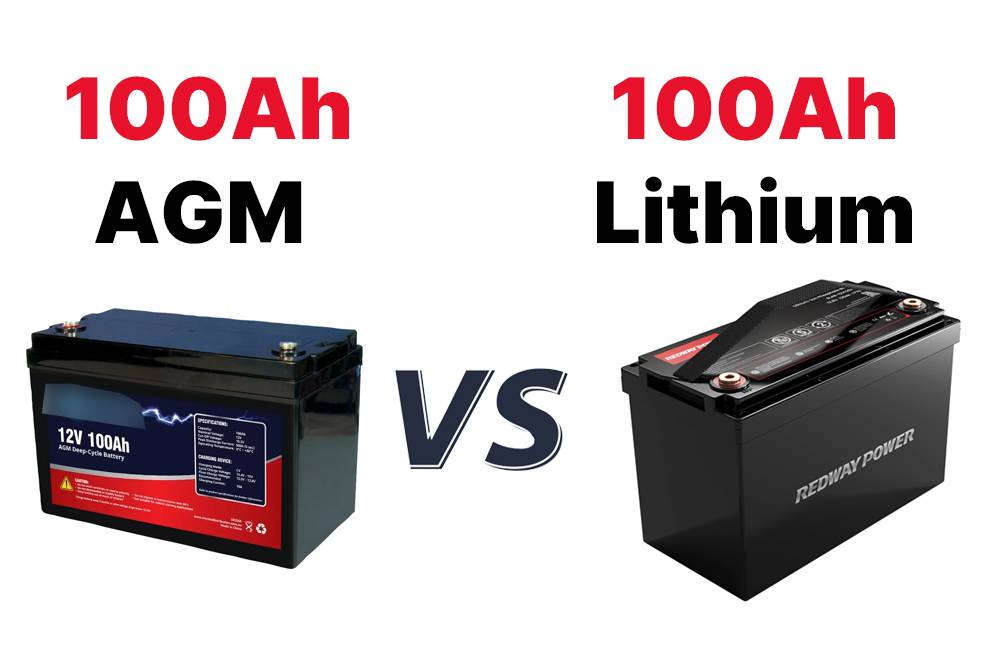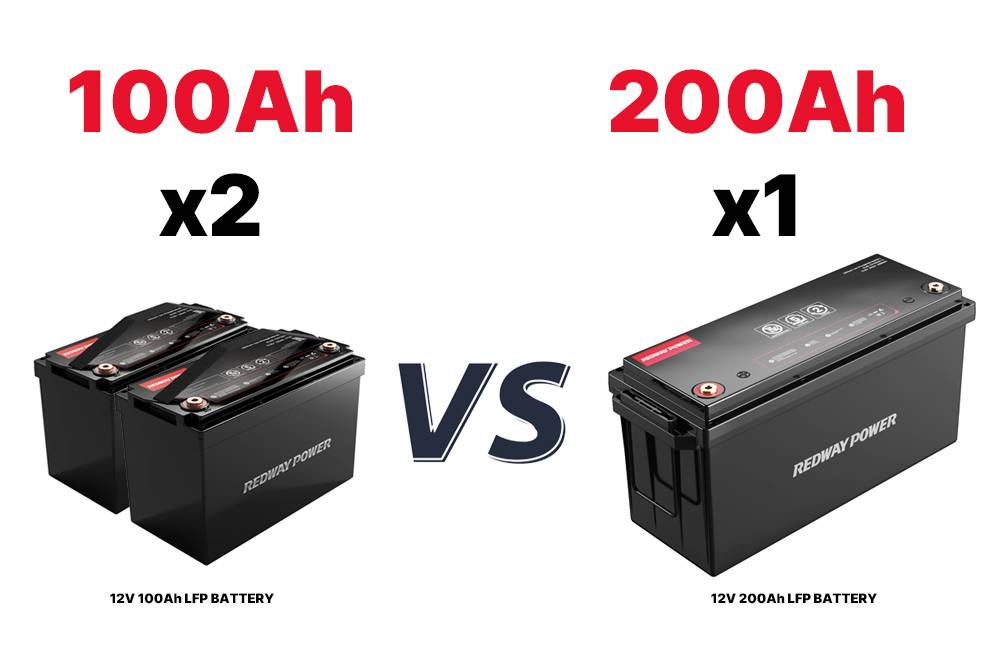- Forklift Lithium Battery
-
48V
- 48V 210Ah
- 48V 300Ah
- 48V 420Ah (949 x 349 x 569 mm)
- 48V 420Ah (950 x 421 x 450 mm)
- 48V 456Ah
- 48V 460Ah (830 x 630 x 590 mm)
- 48V 460Ah (950 x 421 x 450 mm)
- 48V 460Ah (800 x 630 x 600 mm)
- 48V 460Ah (820 x 660 x 470 mm)
- 48V 500Ah
- 48V 560Ah (810 x 630 x 600 mm)
- 48V 560Ah (950 x 592 x 450 mm)
- 48V 600Ah
- 48V 630Ah
-
48V
- Lithium Golf Cart Battery
- 12V Lithium Battery
12V 150Ah Lithium RV Battery
Bluetooth App | BCI Group 31
LiFePO4 Lithium
Discharge Temperature -20°C ~ 65°C
Fast Charger 14.6V 50A
Solar MPPT Charging - 24V Lithium Battery
- 36V Lithium Battery
- 48V Lithium Battery
-
48V LiFePO4 Battery
- 48V 50Ah
- 48V 50Ah (for Golf Carts)
- 48V 60Ah (8D)
- 48V 100Ah (8D)
- 48V 100Ah
- 48V 100Ah (Discharge 100A for Golf Carts)
- 48V 100Ah (Discharge 150A for Golf Carts)
- 48V 100Ah (Discharge 200A for Golf Carts)
- 48V 150Ah (for Golf Carts)
- 48V 160Ah (Discharge 100A for Golf Carts)
- 48V 160Ah (Discharge 160A for Golf Carts)
-
48V LiFePO4 Battery
- 60V Lithium Battery
-
60V LiFePO4 Battery
- 60V 20Ah
- 60V 30Ah
- 60V 50Ah
- 60V 50Ah (Small Size / Side Terminal)
- 60V 100Ah (for Electric Motocycle, Electric Scooter, LSV, AGV)
- 60V 100Ah (for Forklift, AGV, Electric Scooter, Sweeper)
- 60V 150Ah (E-Motocycle / E-Scooter / E-Tricycle / Tour LSV)
- 60V 200Ah (for Forklift, AGV, Electric Scooter, Sweeper)
-
60V LiFePO4 Battery
- 72V~96V Lithium Battery
- Rack-mounted Lithium Battery
- E-Bike Battery
- All-in-One Home-ESS
- Wall-mount Battery ESS
-
Home-ESS Lithium Battery PowerWall
- 24V 100Ah 2.4kWh PW24100-S PowerWall
- 48V 50Ah 2.4kWh PW4850-S PowerWall
- 48V 50Ah 2.56kWh PW5150-S PowerWall
- 48V 100Ah 5.12kWh PW51100-F PowerWall (IP65)
- 48V 100Ah 5.12kWh PW51100-S PowerWall
- 48V 100Ah 5.12kWh PW51100-H PowerWall
- 48V 200Ah 10kWh PW51200-H PowerWall
- 48V 300Ah 15kWh PW51300-H PowerWall
PowerWall 51.2V 100Ah LiFePO4 Lithium Battery
Highly popular in Asia and Eastern Europe.
CE Certification | Home-ESS -
Home-ESS Lithium Battery PowerWall
- Portable Power Stations
How Long Does It Take a 200W Solar Panel to Charge a 100Ah Battery?

Charging a 100Ah battery with a 200W solar panel involves several factors that determine how long it will take to fully charge. Understanding these factors can help optimize your solar energy system and ensure efficient battery usage. This guide will provide insights into calculating charging times and improving overall efficiency.
What factors affect the charging time of solar panels?
Several factors influence how quickly a solar panel can charge a battery:
- Solar Panel Output: The wattage rating (in this case, 200W) determines how much power the panel can generate under optimal conditions.
- Battery State of Charge: A partially charged battery will take less time to reach full capacity than a completely depleted one.
- Sunlight Conditions: The intensity and angle of sunlight impact how much energy is produced by the solar panel.
Chart: Factors Affecting Charging Time
| Factor | Description |
|---|---|
| Solar Panel Output | Higher wattage results in faster charging |
| Battery State of Charge | Less charge means longer time to full capacity |
| Sunlight Conditions | Direct sunlight increases energy production |
How do you calculate the charging time for a battery?
To calculate the charging time, use the following formula:
Charging Time hours =Battery Capacity Ah / (Solar Panel Output W ×Efficiency)
Assuming an efficiency of around 75% (due to losses), here’s how it works for a 100Ah battery with a 200W panel:
Charging Time=100Ah/(200W×0.75)=100/150≈0.67 hours or approximately 40 minutes
What is the relationship between solar panel wattage and battery capacity?
The relationship between solar panel wattage and battery capacity is crucial for determining how quickly you can charge a battery. Higher wattage panels can deliver more energy in less time, making them ideal for larger batteries. For example, a 200W panel will charge a 100Ah battery faster than a 100W panel under similar conditions.
Why is it important to know your battery’s capacity?
Knowing your battery’s capacity is essential because:
- Optimizes Charging: It helps you understand how much energy you need to store.
- Prevents Overcharging: Ensures that you do not exceed the recommended voltage and current levels, which could damage the battery.
How does sunlight intensity impact charging time?
Sunlight intensity directly affects how much energy a solar panel can produce:
- Full Sunlight: Produces maximum output, allowing for quicker charging.
- Partial Shade or Cloudy Conditions: Reduces output, leading to longer charging times.
Chart: Sunlight Intensity Impact
| Condition | Solar Panel Output (W) | Charging Time (Hours) |
|---|---|---|
| Full Sunlight | 200 | ~0.67 |
| Partial Shade | 100 | ~1.33 |
| Cloudy | 50 | ~2.67 |
What are the best practices for charging batteries with solar power?
To optimize battery charging with solar power:
- Use an MPPT Charge Controller: This maximizes energy harvest from the panels.
- Position Panels Correctly: Ensure they are angled towards the sun for maximum exposure.
- Monitor Battery Levels: Regularly check state-of-charge to avoid overcharging.
How can you improve the efficiency of your solar charging system?
Improving efficiency can be achieved by:
- Using High-Efficiency Panels: Invest in panels with higher conversion rates.
- Minimizing Losses: Use quality wiring and connectors to reduce resistance.
What types of batteries are best suited for solar charging?
The best types of batteries for solar systems include:
- Lithium-Ion Batteries: Offer longer lifespans, faster charging, and deeper discharge capabilities.
- AGM Batteries: Provide good performance with low maintenance needs.
Why should you monitor your battery’s state of charge?
Monitoring state-of-charge is important because:
- Prevents Damage: Helps avoid over-discharging or overcharging, both detrimental to lifespan.
- Optimizes Performance: Ensures that devices receive consistent power without interruptions.
Industrial News
The demand for renewable energy solutions continues to grow, particularly in residential and commercial sectors. Recent advancements in solar technology have led to increased efficiency in photovoltaic cells, making them more affordable and accessible. Additionally, government incentives are driving widespread adoption among homeowners looking to reduce their carbon footprint while saving on energy costs.
Expert Insight
“Understanding how to effectively charge batteries using solar power is crucial for maximizing their lifespan and performance,” says Dr. Michael Thompson, an energy storage expert. “By following best practices and monitoring systems closely, users can significantly enhance their energy independence while benefiting from sustainable solutions.”

- Battery Capacity: Higher capacity batteries may require more time to reach a full charge.
- Sunlight Intensity: The strength of sunlight affects the solar panel’s power output and, consequently, the charging time.
- Temperature: Extreme temperatures can impact the efficiency of the solar panel and battery, affecting the charging time.
- Battery State of Charge: If the battery is deeply discharged, it may take longer to reach a full charge.
Tips for Efficient Charging
Discover useful tips to optimize the charging process and maximize the efficiency of a 200W solar panel.
- Proper Positioning: Ensure the solar panel is positioned to receive maximum sunlight exposure throughout the day.
- Optimal Wiring: Use appropriate wiring to minimize power losses and maximize the energy transfer from the solar panel to the battery.
- Regular Maintenance: Keep the solar panel clean and free from debris to maintain its efficiency and charging performance.
- Monitor Battery State: Regularly check the battery’s state of charge to prevent overcharging or deep discharging.
FAQs
- Can I use multiple 200W solar panels to charge a 100Ah battery faster?
- Yes, using multiple 200W solar panels can increase the charging speed, but it’s essential to ensure compatibility with the charge controller and proper wiring to avoid overloading the system.
- What is the role of a charge controller in the charging process?
- A charge controller regulates the flow of energy from the solar panel to the battery, preventing overcharging and optimizing the charging process.
- Can I charge a 100Ah battery with a smaller solar panel?
- Yes, it is possible to charge a 100Ah battery with a smaller solar panel, but it may take longer to reach a full charge depending on the panel’s wattage.














